December 28, 2024
Five decades on since 'Robot', we look back on the beginning of Tom Baker's iconic era as the Fourth Doctor...
Long scarf. Curly Hair. Lots of teeth. And a hat.
For many people, these are still the defining features of our favourite renegade Time Lord - and they are all synonymous with the Fourth Doctor, first played by Tom Baker fifty years ago.
Tom Baker’s debut season begun on 28th December 1974 and combines strong storytelling, a legendary TARDIS trio, a surprising touch of darkness and a heap of madness that captivated audiences and influenced the show ever since.
If you’ve never experienced these first five Fourth Doctor stories, or just want an excuse to dive back in, here are a dozen reasons why Season Twelve is absolutely essential viewing.
The introduction: Robot
A giant robot, a devious 'Think Tank', and a post-regeneration Doctor: what could go wrong?
Robot sets the scene for plenty of the Fourth Doctor’s upcoming era without forgetting its viewers who were used to a very different, action-orientated Doctor (played by Jon Pertwee). It’s a unique episode, combining the interests and styles of two production teams whilst also touching on horror tropes, as Terrance Dicks turns King Kong into the K1 Robot, the misuse of scientific research, and introducing a more eccentric Doctor into the relatively comforting environs of UNIT.
It’s an excellent jumping-on point into Classic Doctor Who, setting up the remainder of the season’s themes and character dynamics. And it bids a fond farewell to the Pertwee era.
2. The Fourth Doctor
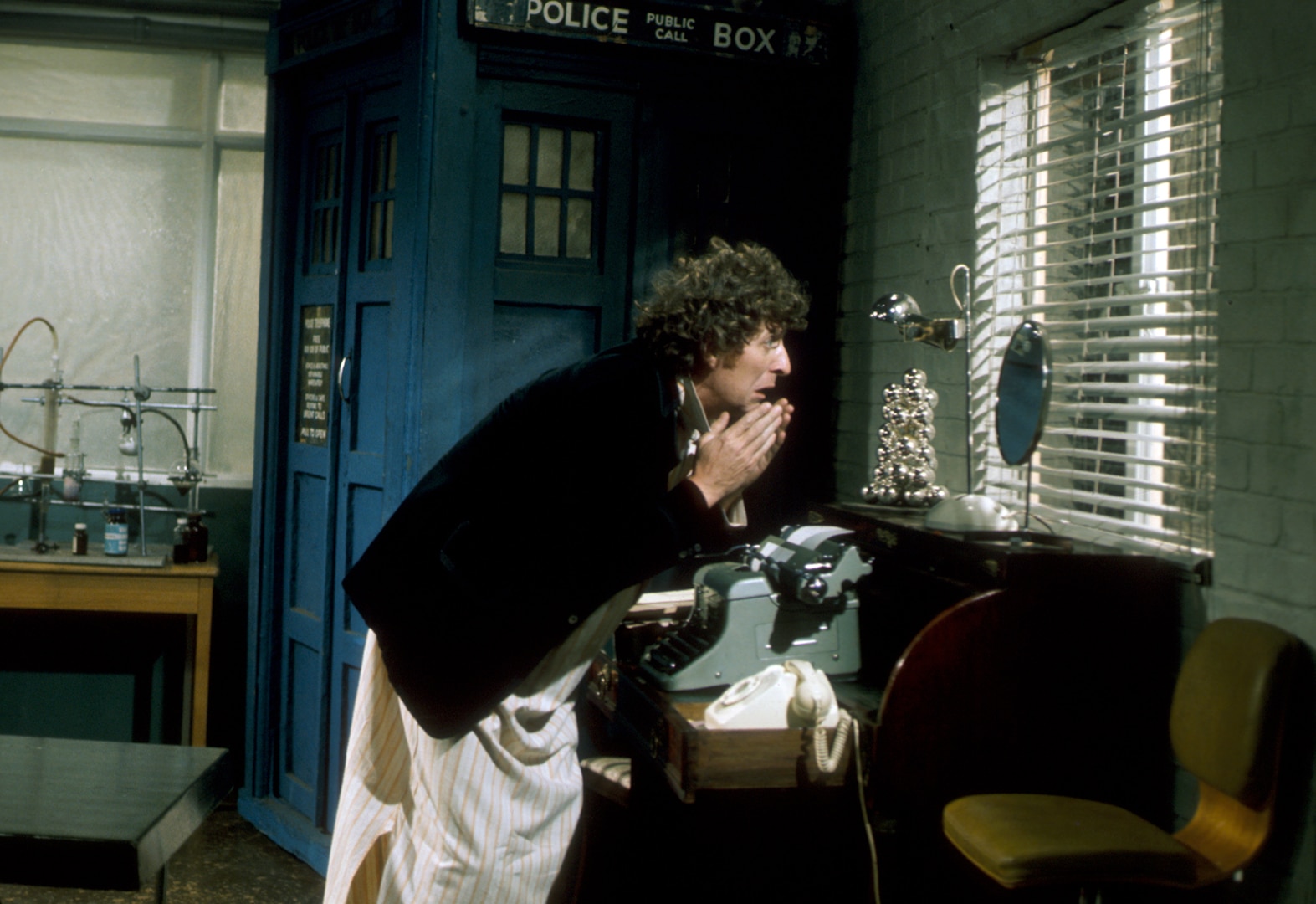
Tom Baker’s portrayal was a breath of fresh air for the show, and many feel he set the template for the Doctor for years to come. Quirky, witty and full of childlike wonder, as well as possessing a quick temper and strong moral core, Baker’s Doctor instantly won over audiences. There’s a reason why he’s a celebrated element of the show for both fans and general audiences, and it’s all present from these first five stories.
3. Sarah Jane Smith
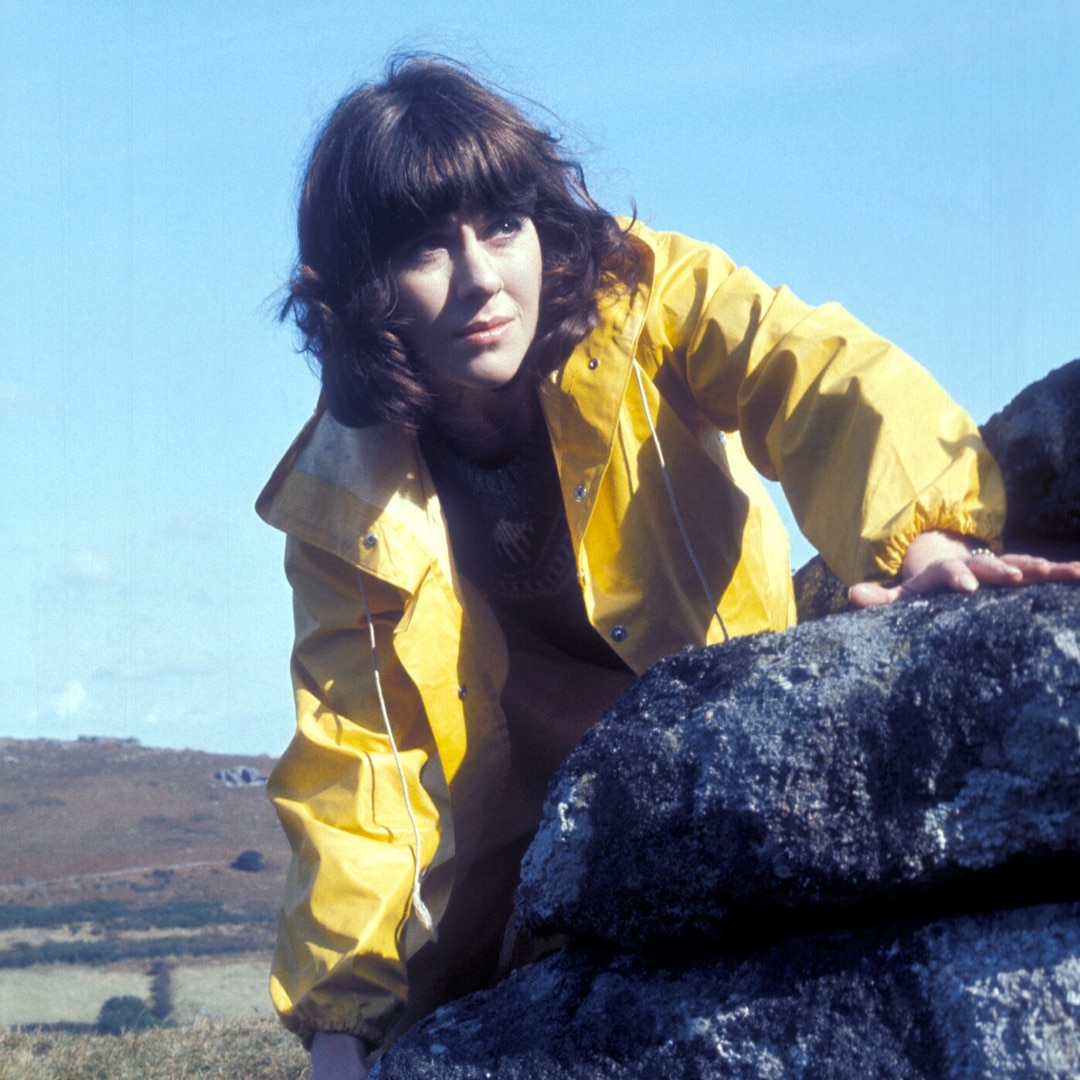
Continuing her role from Jon Pertwee’s final season, Elizabeth Sladen cemented her role as the much-loved companion Sarah Jane Smith. Brave, intelligent and fun, Sladen’s performance is at the heart of Season Twelve, whether it’s bantering with the Doctor in The Ark in Space or posing the crucial moral quandary of Genesis of the Daleks. Her magnetic performance in this season elevates her to becomes the Doctor’s best friend - as well as the audience’s.
4. Harry Sullivan
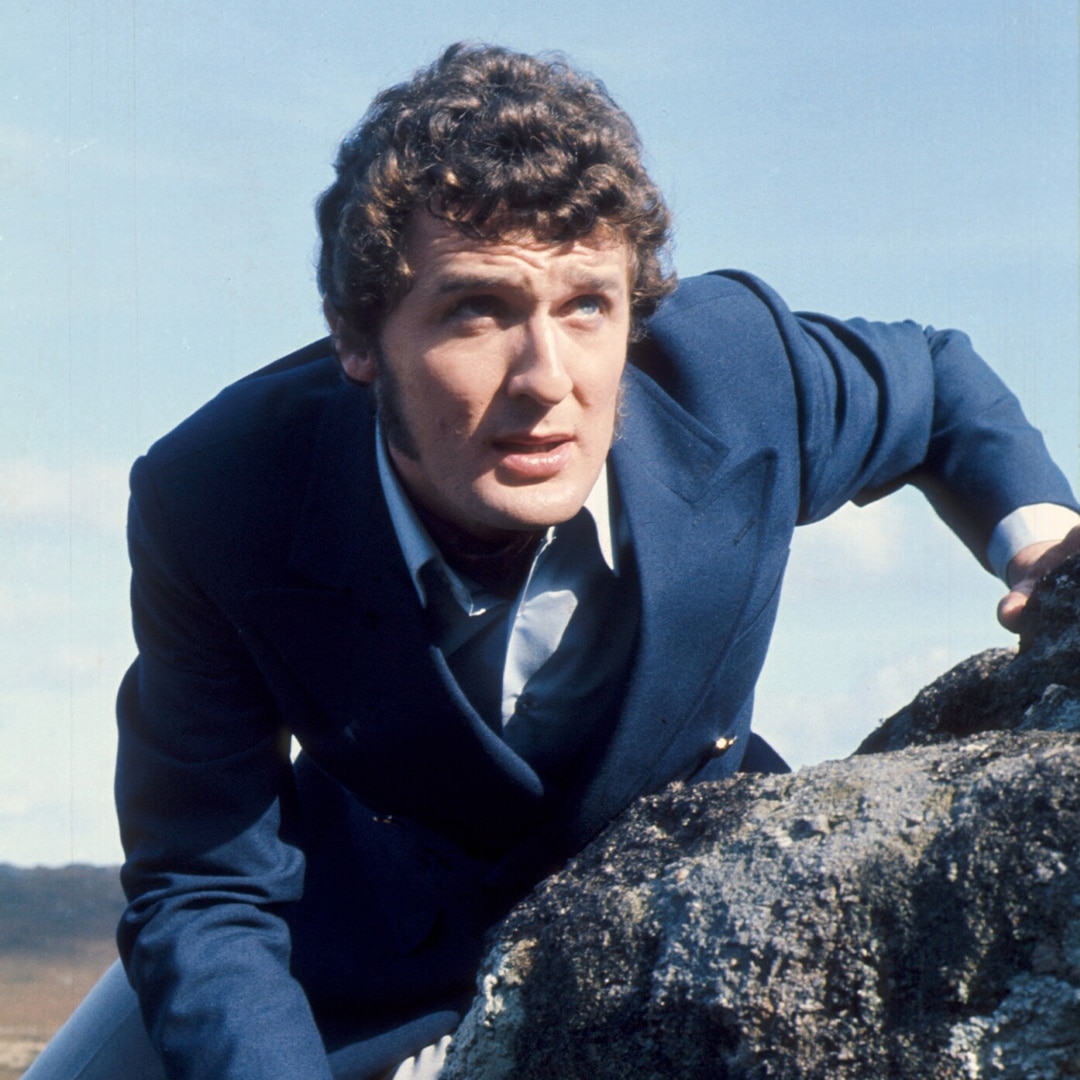
The counterpoint to Sarah Jane’s headstrongness and the Doctor’s strangeness, Ian Marter’s Surgeon-Lieutenant Harry Sullivan is level-headed and rather old-fashioned. The UNIT man was also a tad accident prone - leading the Doctor to cry “Harry Sullivan is an imbecile!” during Revenge of the Cybermen.
He is, nonetheless, brave with a can-do attitude and a willingness to throw himself head-first into danger - especially if it means helping his friends. Together, Harry, Sarah Jane and the Doctor make a formidable TARDIS team.
5. Ongoing story arc
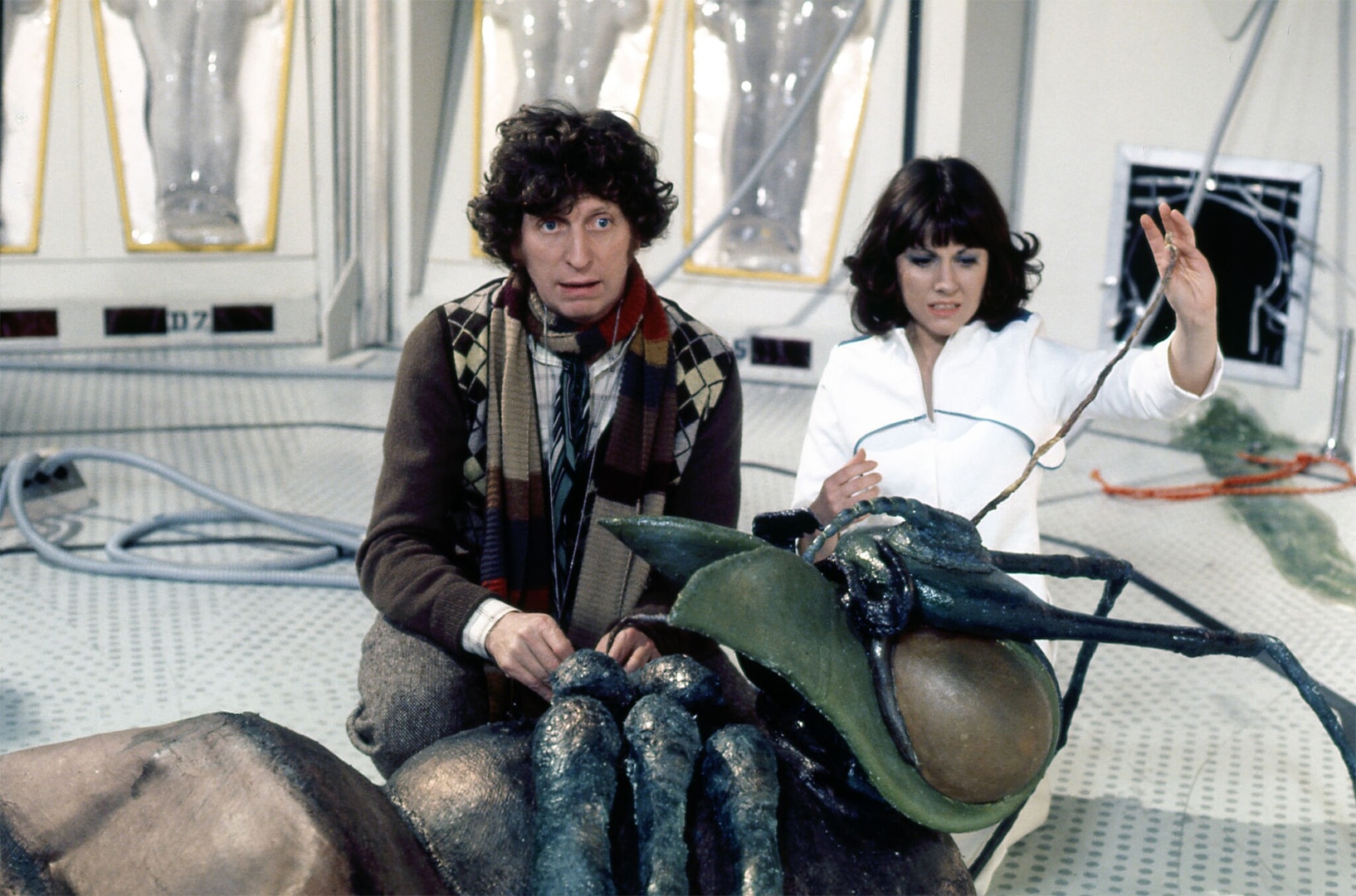
In a departure from previous seasons of Doctor Who, and indeed from a lot of television drama at the time, Season Twelve contains an ongoing story arc across sixteen episodes, as the Doctor, Sarah and Harry’s adventures appear to be a continuous story throughout this entire Season. From Harry’s first TARDIS trip into the far-flung future on the Space Station Nerva, to an adventure down on Earth below, followed by an interruption from the Time Lords and then back to the Space Station Nerva!
This ongoing story – that has Nerva and the Earth’s future at the centre of it – allows the audience to gain insight into the diverse future of the human race, as Nerva is an orbital beacon and the last refuge of survivors from a stricken planet Earth. This single setting provides the backdrop to a surprising range of stories and allows both the audience and the Doctor to become invested in its, and humanity's, fate.
6. Base under siege: The Ark in Space
Writer Robert Holmes’ first story for the Fourth Doctor, The Ark in Space, further explores the dangers of technology whilst hinting at the elements of horror that will define his later scripts for the Tom Baker era (such as Pyramids of Mars). It's also a great example of the ‘base under siege’ story, a popular format for Doctor Who stories where a small group of characters are confined to an environment under attack (eg. The Seeds of Death, The Impossible Planet, Midnight).
Finding themselves on Nerva, a space station tasked with protecting the human race in suspended animation, the Doctor discovers alien saboteurs determined to absorb human knowledge (and their bodies) at all costs. Enter the terrifying human sized insects, the Wirrn!
Atmospheric and eerie, it truly feels like the start of a different kind of Doctor Who. With a combination of slow-building tension, enjoyably strange visuals and that seminal speech, it’s a great set-up for the rest of Phillip Hinchcliffe era.
7. The return of the Sontarans
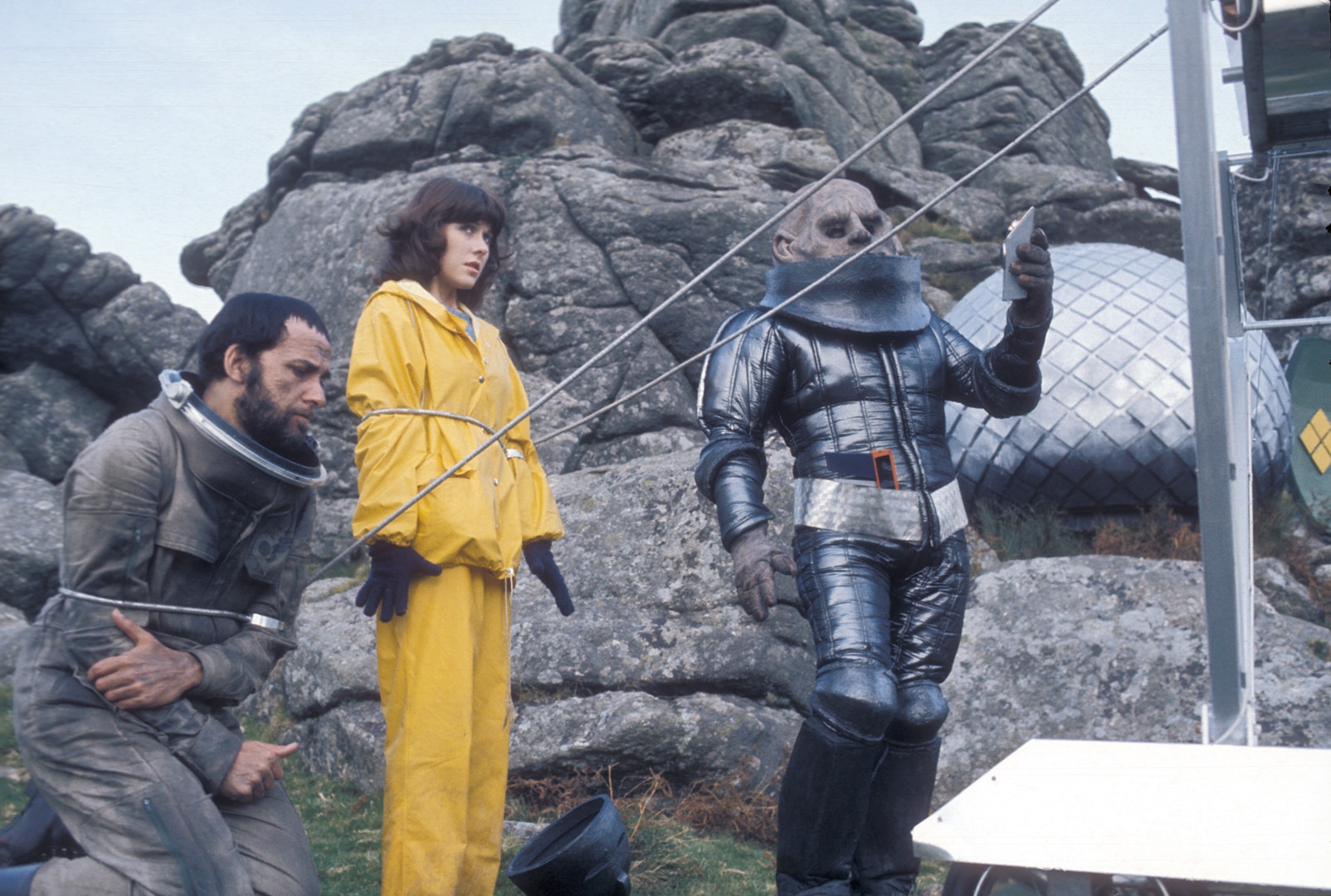
Season Twelve’s next story, The Sontaran Experiment, develops the titular alien race from their previous appearance in The Time Warrior. The two-parter showcases their militaristic and single-minded nature through Field Major Styre, has been experimenting on astronauts that have strayed into his path. He echoes Commander Linx (seen in The Time Warrior) in demonstrating the ruthlessness of their species.
This story helps cement them as one of the Doctor’s most dangerous recurring villains. It also tees up the “endless war” between the Rutans and the Sontarans, something the Fourth Doctor will revisit in Season Fifteen’s Horror of Fang Rock.
8. The return of the Daleks
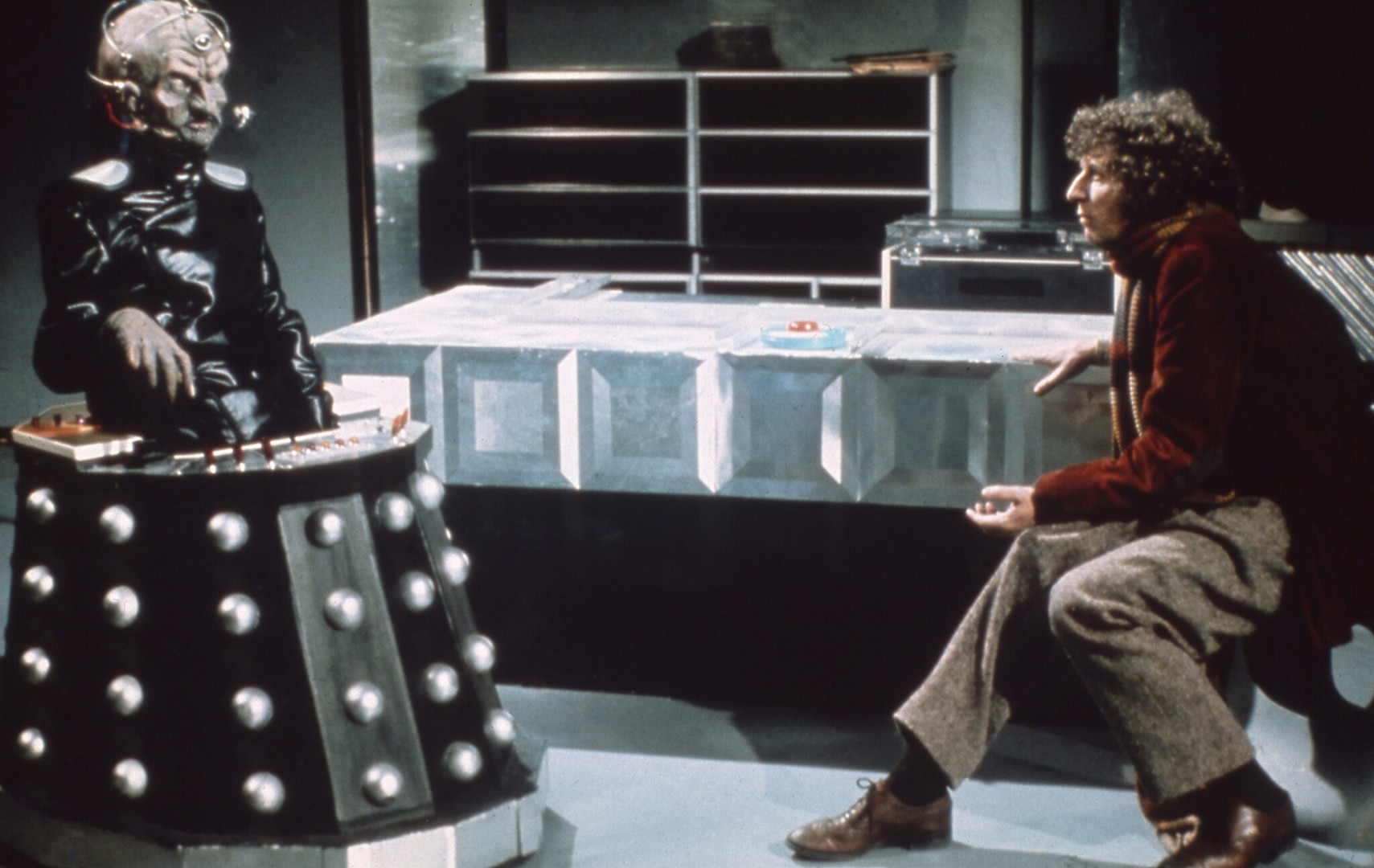
Seen by many as one of the most important stories in Doctor Who history, Genesis of the Daleks delves into the Daleks' origins and introduces their creator Davros, played memorably by actor Michael Wisher.
Morally complex and often incredibly dark, the Doctor confronts the creation of the Daleks and grapples with the ethics of preventing their existence whilst dealing with immediate danger of the war between the Kaleds and the Thals, as well as Davros’ behind-the-scenes machinations.
Brilliantly written and performed, it’s one of the many high points of the Whoniverse.
9. The return of the Cybermen
Not content with the return of one of Doctor Who’s most infamous villains, the Daleks, the production team delve straight into developing the lore of the Cybermen. Here, we discover their deadly aversion to gold - an important aspect of their race that will come back to haunt them in later stories.
The atmospheric location shooting at Wookey Hole, the strong central cast and conclusion of the Nerva story arc make Revenge of the Cybermen a striking season finale.
10. The writers
Season Twelve boasts an impressive line-up of returning writers, unified under the guiding vision of producer Philip Hinchcliffe and script editor Robert Holmes.
Darker and stranger than the more action-orientated dynamic of Barry Letts and Terrance Dicks (who helmed the show previously), stories here present Hinchcliffe and Holmes’ fascination with body horror, moral ambiguity and character-driven storytelling.
Combining these elements with already experienced writers in Terrance Dicks, Bob Baker, Dave Martin, Terry Nation and Gerry Davis, led to a series aware of its own mythology but also willing to present Doctor Who in a new and often wonderfully disturbing light for Saturday-night teatime.
11. Its enduring influence
It could be argued that a great deal of modern-day Doctor Who can be traced back to this season and its creators. It certainly had an impact on the childhood imaginations of Russell T Davies, Steven Moffat and Chris Chibnall.
12. That scarf!
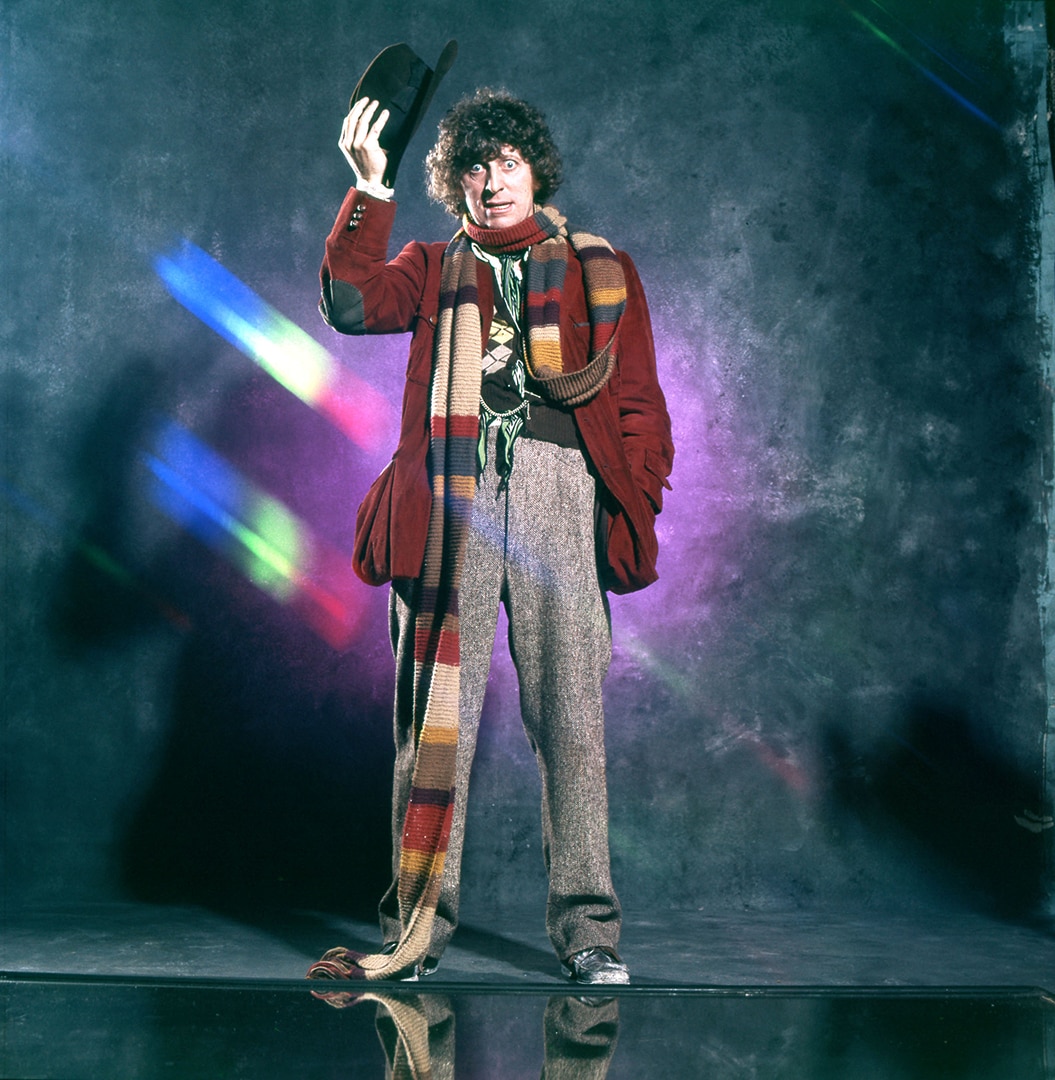
Tom Baker’s first season debuts perhaps the most prominent fashion statement ever in Doctor Who history: that long, multi-coloured scarf. Whether it’s being used for style or to trip up an enemy, the scarf combined practicality with eccentricity, and, like his penchant for Jelly Babies, it became an instantly recognisable part of his persona.
Fifty years on, Tom Baker’s first season remains a much-lauded era of television. Whether it’s the brilliantly balanced TARDIS team, the important and impactful stories, or just the sheer contagious fun that comes from a creative team and cast having a ball in its creation, Season Twelve remains a high point in Whoniversal history, with endless rewatch value.









